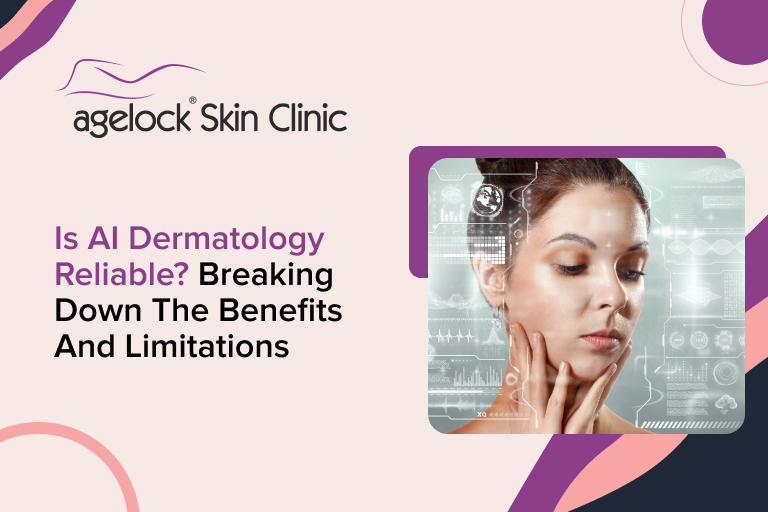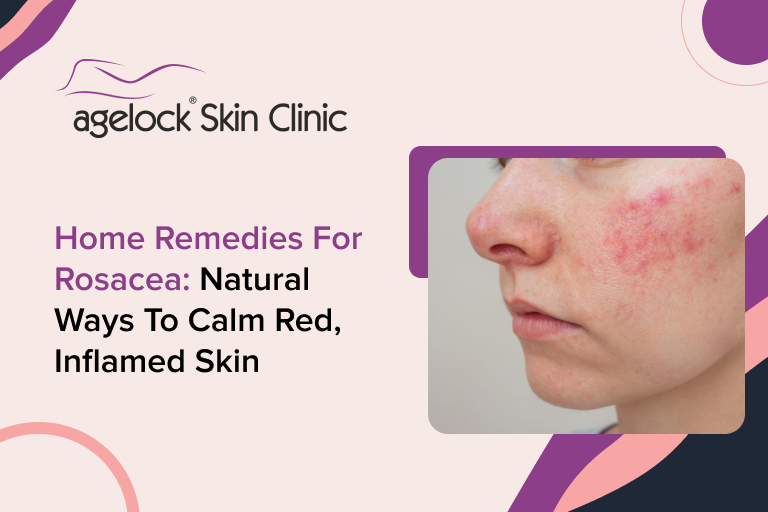Are you struggling with Pigmentation on your face? Don’t let it affect your confidence. Dark patches on the face are called hyperpigmentation, which occurs when there is an excess production of melanin, the pigment that gives skin its color. Sun exposure, hormonal changes, skin injuries, or certain medications can trigger this. Understanding the reasons behind pigmentation issues is crucial in determining the appropriate treatment and prevention methods. In this blog section, we will delve into the common causes of hyperpigmentation on the face and explore effective strategies to address this cosmetic concern.
Types of Pigmentation on Face
Understanding the different types of Pigmentation on the face can help individuals identify their specific condition and seek appropriate treatment based on their symptoms and skin type.
| Appearance | Symptoms | Affects | |
| Melasma | Appears as dark, irregular patches on the face, typically on the cheeks, forehead, and upper lip. | It may worsen with sun exposure and hormonal changes, such as pregnancy or birth control use. | It can affect individuals of all skin types but is more common in women and those with darker skin tones. |
| Post-inflammatory Hyperpigmentation | This type presents as darkened areas on the skin due to inflammation or injury, such as acne scars or burns. | Skin discoloration occurs following trauma or inflammation of the skin. | Anyone can experience post-inflammatory hyperpigmentation, especially individuals with a history of acne or skin injuries. |
| Sunspots, also known as Solar Lentigines. | Sunspots are flat, tan to brown spots caused by prolonged sun exposure. | These spots are typically harmless but can increase in number and size over time. | Sunspots commonly affect individuals with fair skin who have had significant sun exposure. |
| Freckles, also known as Ephelides. | Freckles are small, concentrated areas of increased pigmentation that appear as light brown spots on the face. | Freckles darken with sun exposure and may fade during winter months. | Freckles are more prevalent in fair-skinned individuals and tend to run in families. |
Hyperpigmentation Causes
- Sun Damage: Overexposure to the sun’s harmful UV rays can lead to dark spots on face. UV rays trigger melanin production, leading to discoloration and uneven skin tone.
- Post-Inflammatory Hyperpigmentation: This type occurs after inflammation or injury to the skin, such as acne, eczema, or psoriasis. The skin produces excess melanin when sun exposure, resulting in dark patches.
- Melasma: Hormonal changes, especially during pregnancy or due to birth control pills, can cause melasma. It leads to symmetrical dark patches on the face.
- Age Spots: Also known as liver spots or solar lentigines, age spots are caused by prolonged sun exposure. They appear as flat, tan, brown, or black spots on areas exposed to sunlight.
- Genetics: According to the National Institute of Health, 125 genes influence skin tone. Melanocytes produce melanin. Genetics is used to determine the number of melanocytes present in our body. Thus, genetics is one of the most common causes of skin tone change.
Home Remedy for Pigmentation on the Face
Lemon Juice
The natural bleaching properties of lemon can help lighten and remove dark patches on the face. Squeeze fresh lemon juice onto a cotton pad and apply it to the affected areas. After 10-15 minutes, wash with cool water.
Aloe Vera Gel
Aloin and aloesin chemicals in aloe vera are known for getting rid of Pigmentation on the face. Apply a thin layer of pure aloe vera gel directly onto the pigmented areas of your face and leave it on overnight. Wash your face in the morning for the best results.
Turmeric Paste
Turmeric paste is also beneficial in reducing Pigmentation on the face. Mix turmeric powder with milk or honey to paste and apply it to the dark spots. Keep the mask for 15 minutes and wash it with cold water.
Potato Slices
Potatoes have natural bleaching properties that can help lighten dark patches on the skin. Place thin slices of raw potato over the affected areas and leave them on for 15-20 minutes before removing.
Green Tea
Green Tea can be used as a toner to reduce Pigmentation on the face. Brew some green tea, allow it to cool, and apply it to your skin using a cotton ball. When you regularly follow this, you can see dark patches on your face fading.
Lifestyle to follow to avoid Pigmentation on the Face
- Sun exposure can worsen Pigmentation on the face. Use sunscreen with at least SPF 30 daily and wear protective clothing and accessories like hats and sunglasses.
- Eating a balanced diet rich in fruits, vegetables, and whole grains can help improve skin health and reduce Pigmentation. Foods high in antioxidants, like berries, green Tea, and dark chocolate, can be beneficial.
- Drinking plenty of water helps flush out toxins from the body and keeps your skin hydrated, which can prevent dark patches on the face.
- Use skincare products with vitamin C, retinol, or niacinamide that target pigmentation issues and promote skin renewal.
- Avoid excessive sun exposure during peak hours (10 am to 4 pm) to prevent further darkening of pigmented areas.
- Practice a good skincare routine, including cleansing, exfoliating, moisturizing, and using serums or treatments to reduce Pigmentation.
- Consult a dermatologist for professional advice on specific treatments like chemical peels or laser therapy to remove dark patches on the face effectively without causing harm to the skin.
Takeaway
Consult a dermatologist today for the first step towards clear, radiant skin. Contact our expert team to schedule a personalized consultation and start your journey towards a brighter, more even complexion. Your skin deserves the best care – reach out now for professional guidance and solutions tailored to your needs.








